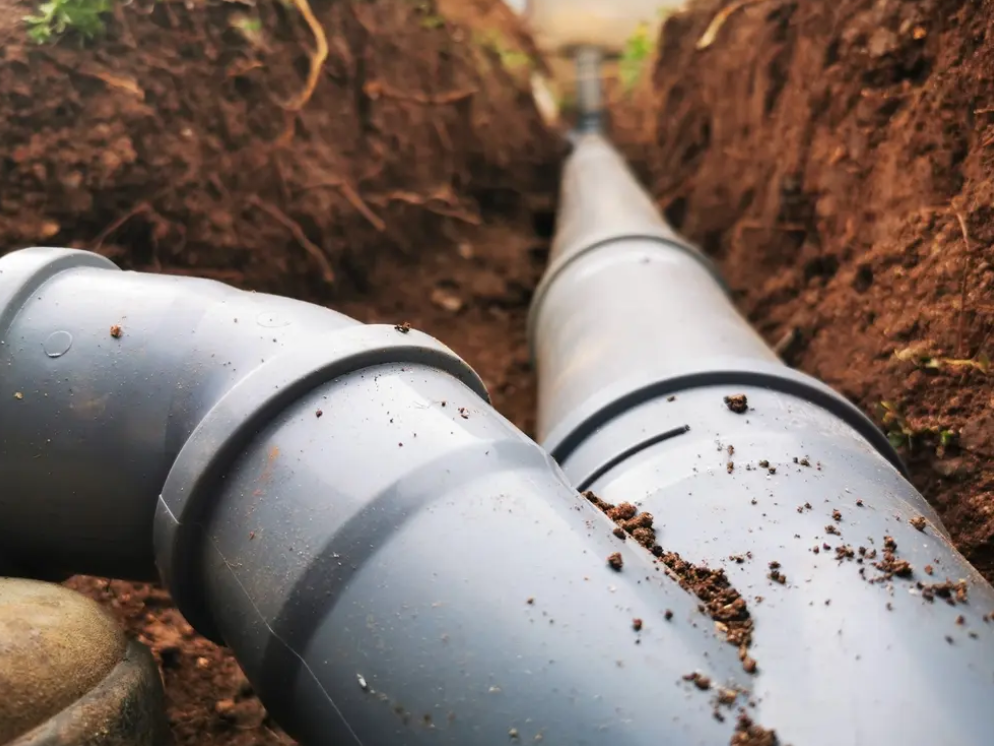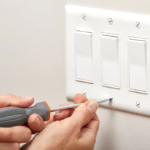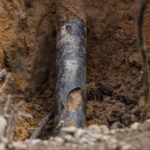Investing in trenchless pipe repair means avoiding digging and relief from weeks of disruption. Despite the convenience and ease offered by the process, our pipes should be left alone once trenchless repairs are through. Trenchless repairs need attention to be kept running smoothly for years. With the right aftercare, you can protect this investment and avoid future plumbing headaches.
Why Consistent Maintenance Matters After Trenchless Repair
Maintaining your pipes after a sewer repair in Seattle, WA, is all about making sure the work done lasts as long as possible. Think about it this way: regular upkeep keeps small issues from snowballing into more expensive problems. If you value your time and money, seek trenchless methods as a means of addressing your pipe issues at home.
Regular care results in:
- Minimized premature deterioration.
- Avoid costly repairs down the line by catching minor issues early.
- Keep water quality high by reducing mineral buildup and keeping pipes clear.
Key Maintenance Steps for Trenchless Pipes
Pipes left vulnerable to the elements have a shorter lifespan. To maintain trenchless repairs, incorporate these steps into your plumbing care routine:
- Routine Inspections
Annual inspections from sewer repair services help detect and address early signs of wear. For this, many plumbers use small cameras to assess the interior of your pipes without causing disruption. - Flushing Out the System
Minerals and debris still accumulate, even with new pipe lining. Having your pipes flushed out periodically can help maintain clear pathways and reduce buildup that could restrict water flow. - Managing Roots
If tree roots are nearby, they may still attempt to grow toward your pipes, especially if a pipe is filled with liquid. A year after a sewer pipe line repair project, schedule root treatments or inspections to prevent roots from causing damage. - Checking Water Quality
Trenchless repairs often involve epoxy linings. Over time, it’s good to test your water quality to make sure the lining isn’t degrading or affecting the water, which can sometimes occur with older repairs.
Simple Aftercare Tips to Extend the Life of Your Pipes
Your post-repair habits greatly determine how long your trenchless pipe repair holds up. Fortunately, a few simple precautions can make a significant difference in the longevity of your system.
- Skip Chemical Cleaners
Harsh chemicals weaken pipe lining. Avoid drain cleaners when facing clogs. Instead, opt for natural options or call a plumber to handle the problem professionally. - Be Mindful of What Goes Down the Drain
Pipes are often stressed by materials they aren’t designed to handle. Avoid flushing non-biodegradable items, large food scraps, or oils down the drain. These items can stick to the sides, build up, and cause issues. - Watch Water Pressure
High water pressure may feel satisfying, but it can put a lot of strain on your pipes, especially newly lined ones. Regularly check your water pressure to keep it at a level that doesn’t strain the system.
What Happens If You Ignore Regular Maintenance?
Ignoring maintenance post-repairs can cause issues to creep back over time. Slow drains, discoloration in the water, or even unusual smells in your plumbing system may develop when you least expect them. Unchecked buildup or root intrusion also stresses the pipe lining, leading to cracking or erosion. Once pipes deteriorate, you may be looking at a second repair or even a sewer line replacement. The latter means double the cost and frustration. Regular maintenance avoids these risks and keeps your pipes functioning well.
Why It’s Important to Call a Professional
Even your best maintenance efforts pale compared to professional solutions. Sewer camera inspections, root control treatments, or high-pressure water flushing—all these require a plumber’s expertise. While DIY might be tempting, professional oversight can catch issues you’d otherwise miss.
A professional also knows how to maintain trenchless systems properly and can recommend the best long-term care based on the specifics of your installation. This way, you’re investing in repairs that last decades, protecting it from unnecessary damage.
Regular maintenance is a small effort that yields major rewards. By sticking to a few routine checks and keeping up with professional inspections, you’ll protect your plumbing against everyday wear and tear. And remember—trenchless repairs are a long-term investment. Follow the steps outlined to keep them in top shape.






